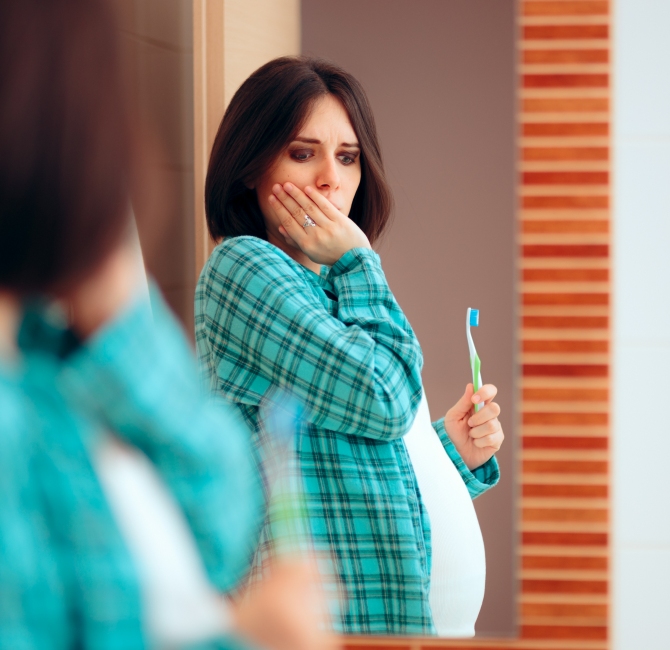A four-year cohort perspective observational study, clinical and radiographic assessments were conducted on 74 implants with adequate access (ACC) to peri-implant hygiene and 57 implants without access (no-ACC) at baseline (T0), two-year (T1), and four-year (T2) follow-up visits. At T2, implants in the no-ACC group demonstrated statistically significantly greater mean marginal bone level measurements than implants in the ACC group (P = .011). Bleeding on probing was significantly higher in the no-ACC group than the ACC group at all time points. At T2, 32.7% of all implants were diagnosed with peri-implant mucositis, and 0.4% of implants in the ACC group presented with peri-implantitis, as did 0.7% in the no-ACC group.
Lack of proper access to peri-implant hygiene results in increased peri-implant inflammation and marginal bone loss. The patients in this study generally had poor oral hygiene, but implants in the no-ACC group presented with more bone loss than the ACC group. The authors conclude patient education and motivation regarding the need for regular self and supportive maintenance care, as well as careful attention to implant placement and design of the prosthetic restoration to allow for proper access to peri-implant hygiene are all critical for long-term success using rehabilitation with dental implants. The study was published in Clinical Oral Implants Research.
Abstract
Objective: The objective of this four-year cohort prospective study was to evaluate the effect of inadequate access to peri-implant hygiene on marginal bone level (MBL).
Methods: Forty-one partially edentulous patients (16 males and 25 females, aged 49.8 ± 11.9 years) who had implants with at least one year in function were selected. Patients were clinically and radiographically evaluated at three different times: baseline (T0), 2-year (T1), and four-year (T2) follow-up intervals. At baseline, implants were classified and allocated into two groups: those presenting adequate access (ACC) and inadequate access (no-ACC) to peri-implant hygiene. A linear mixed-effects model for clustered longitudinal data was used to analyze MBL, probing depth (PD), plaque index (PI), and bleeding on probing (BoP).
Results: Of 131 implants, 74 were considered as having ACC, and 57 as having no-ACC at T0. Implants in the no-ACC group presented a statistically greater mean MBL measurement at T2 than implants in the ACC group (p=0.011). In the no-ACC group, a significant reduction in PD from T0 to T1 (p=0.019) and from T0 to T2 (p=0.010) was observed. Regardless of the group, PI significantly increased at both T1 (p=0.00001) and T2 (p=0.00004). Regardless of time, the prevalence of BoP was significantly higher in the no-ACC group than in the ACC group (p=0.012).
Conclusion: Inadequate access to peri-implant hygiene frequently resulted in more peri-implant inflammation and MBL over time. Proper accessibility to peri-implant hygiene should be carefully considered during planning of implant restoration, and patients properly motivated into maintenance care.



